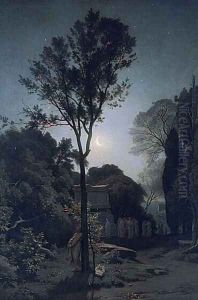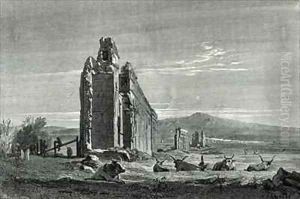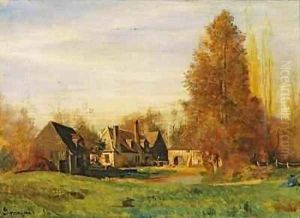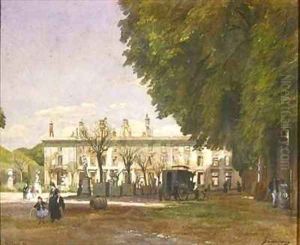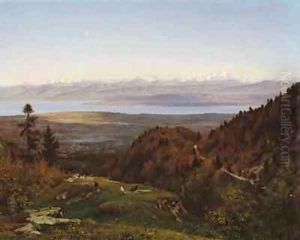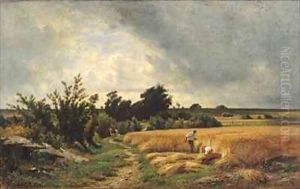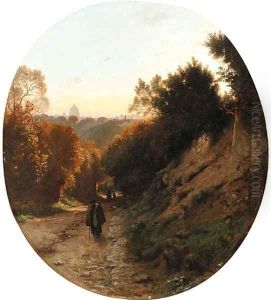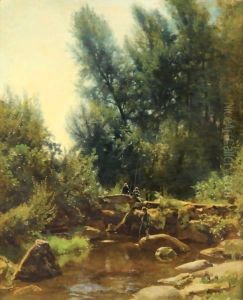Louis Francais Paintings
Louis Français, born Pierre Louis Français on November 17, 1814, in Plombières-les-Bains, Vosges, was a renowned French painter, engraver, and illustrator, celebrated for his landscape paintings and his contribution to the Barbizon school. He was initially trained as an architect but soon found his true calling in painting, studying under the tutelage of the landscape painter Charles Rémond and later with Paul Delaroche, a prominent historical painter of the time.
Français's early work showed the influence of classical landscape artists, but he was later drawn to the Barbizon school's focus on naturalistic and pastoral scenes. Unlike the Barbizon painters who worked in the Fontainebleau Forest, Français preferred traversing and painting various French regions' diverse landscapes. His idyllic and meticulously detailed vistas earned him a reputation as one of the era's leading landscape painters.
Throughout his career, he exhibited at the Paris Salon, receiving numerous awards, including a third-class medal in 1843, a second-class medal in 1855, and a first-class medal in 1857. In 1867, he was awarded the Legion of Honour, one of France's highest distinctions, and was promoted to Officer of the order in 1874. His works became part of official and private collections, reflecting his status as an esteemed artist of his time.
Français also had an impact as a teacher, influencing the next generation of artists. He was appointed as a drawing professor at the Lycée Louis-le-Grand in 1863 and later became a professor at the École des Beaux-Arts in Paris. His commitment to education and the arts was unwavering throughout his life.
Louis Français continued to paint and exhibit his work until his later years. He passed away on May 31, 1897, in Paris, leaving behind a legacy that had significantly enriched French landscape painting. His works remain celebrated for their tranquil beauty and technical mastery, capturing the spirit of the French countryside during a pivotal moment in the history of art.
